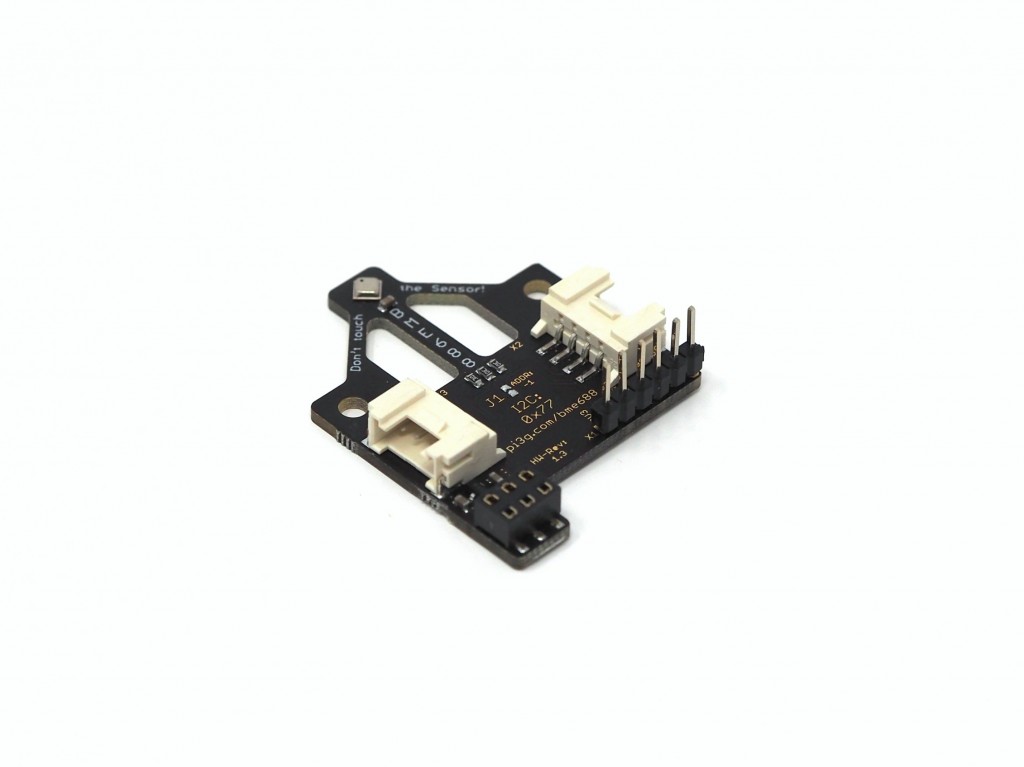Raspberry Pi Blog
Tearing and artifacts in your moving images and videos? Use the global shutter camera!
Usually cameras work with so-called “rolling shutters” – this means that the pixels which the camera registers are not stored all at once, but in a sequence of lines. If the speed of a moving object is fast enough, this will be noticeable in a single frame or image which the camera captures. The Raspberry…
WeiterlesenDeveloping medical devices based on the Raspberry Pi (CE certification)
A customer approached me about wanting to develop a medical device based on the Raspberry Pi. They have two stipulations: I have investigated the available resources and suggestions with several partners, and am collecting their feedback on this page, for the reference of anyone who is exploring integrating a Raspberry Pi in their application. Raspberry…
WeiterlesenCommercial comparison Nvidia Jetson Nano / Raspberry Pi + Coral USB / Coral Devboard
A customer approached me about what our recommendation is for developing a product which has integrated AI capabilities, and their respective price points and long-term availabilities, and volume availabilities. This is a commercial comparison of these platforms, in an easy to peruse table, including pricing information. product Coral Devboard 1 GB / 4 GB Coral…
WeiterlesenShould industrial customers worry: Will Pi 5 replace the Pi 4?
I’ve had an inquiry from a worried industrial customer, asking whether the introduction of the Pi 5 will mean that Pi 4 will be obsolete. He is worried that Raspberry Pi will now discontinue the Pi 4. The answer is a clear no. Raspberry Pi are very aware that industrial customers need stability and the…
WeiterlesenCode der Aufschubart im Aufschub-BIN-Antrag
Ich bin gerade dabei für unsere neu umstrukturierte Firmierung, pi3g GmbH & Co. KG den Zahlungsaufschub zu beantragen. Bei dem Formular 0873, dem Aufschub-BIN-Antrag, war mir der Wert den ich in “Code für die Aufschubart” einfüllen muss unklar. Eine Google-Suche hat nichts sinnvolles ergeben, außer dem Hinweis “ Bitte tragen Sie hier den Code für…
WeiterlesenThe role of ARM based SBC devices vs. X86 based devices and market trends in 2023
According to GPT4, As of 2021, the global ARM-based processor market size was valued at around $17.7 billion, with IoT devices accounting for a significant portion of the market. Intel and other x86 based devices still dominate the market, the corresponding market size was (of course) much bigger in 2021. Remember that originally, mainframes (such…
WeiterlesenIntegrating the BSEC in CircuitPython (A work in progress)
A short post about using a static C library inside CircuitPython and a progress report on wrapping the BSEC library in particular.
WeiterlesenUpdating Variant Images in Shopify using CSV
Shopify has a possibility to update fields using a CSV file. This is useful if you want to update a lot of images. Shopify will download these images from a remote server if necessary, so you can provide URLs of your choice. You only need to provide the values you want to update, along with…
Weiterlesenraspi-config nonint do_i2c 1 hangs “forever”
While developing PiCockpit, and trying to allow the user to turn I2C off from the webinterface, I have run into crashes and problems. I am using raspi-config in non-interactive mode (I’ve written about this before) to control I2C from the PiCockpit client. While debugging the issue, I noted that – if something was busy accessing…
WeiterlesenEnabling and checking I2C on the Raspberry Pi using the command line for your own scripts
Most people know that you can enable the I2C port using raspi-config. raspi-config also offers a non-interactive mode, where you can drive it’s functionality using command line parameters to it. Reading the current state of the I2C port on the Raspberry Pi Here is how to read the current state of the I2C port: sudo…
Weiterlesen
